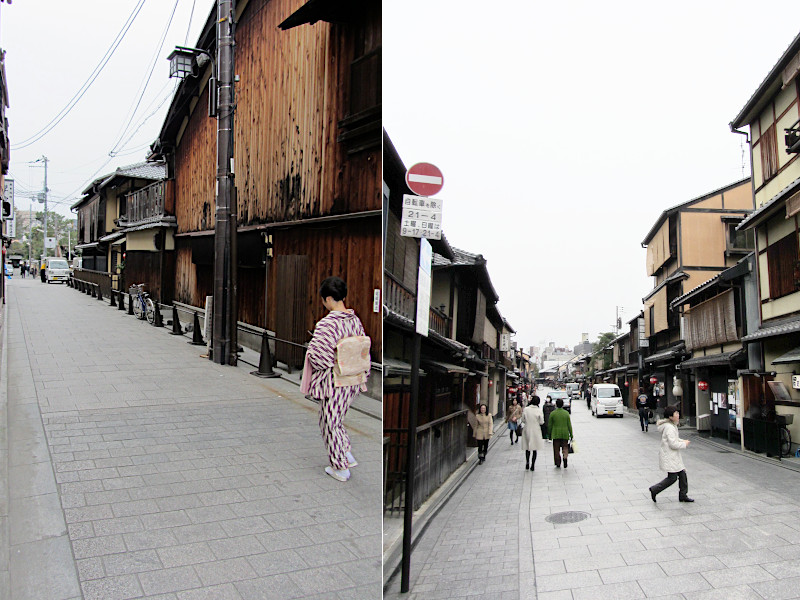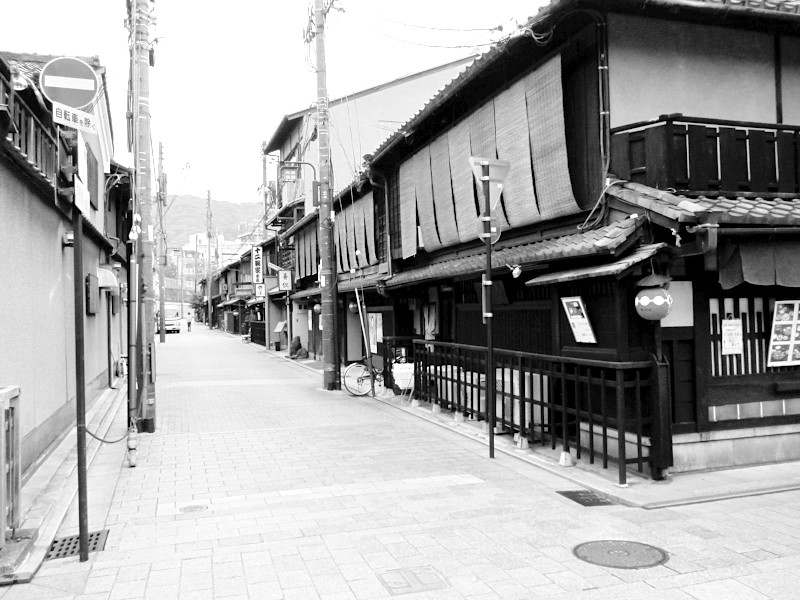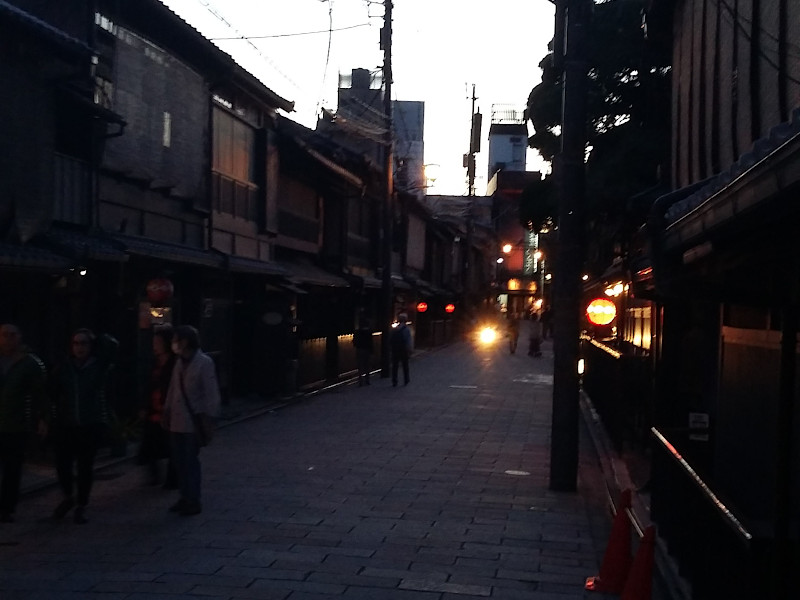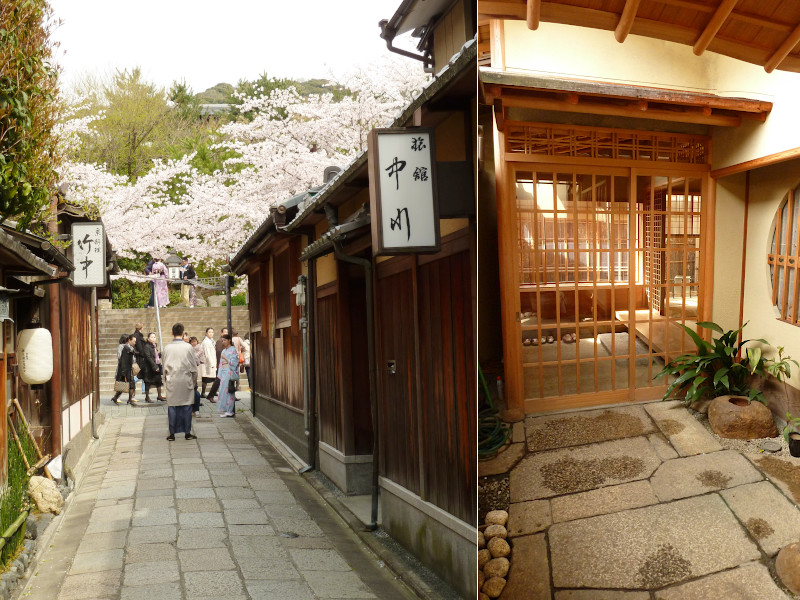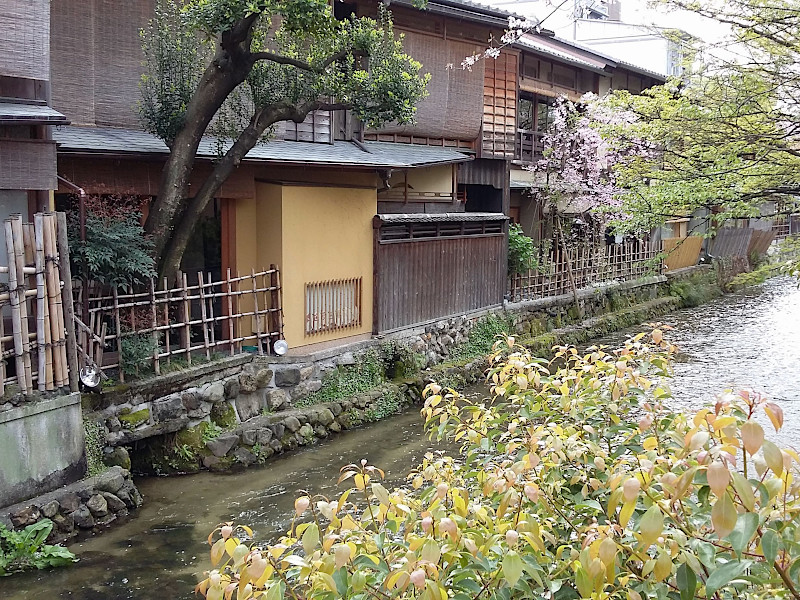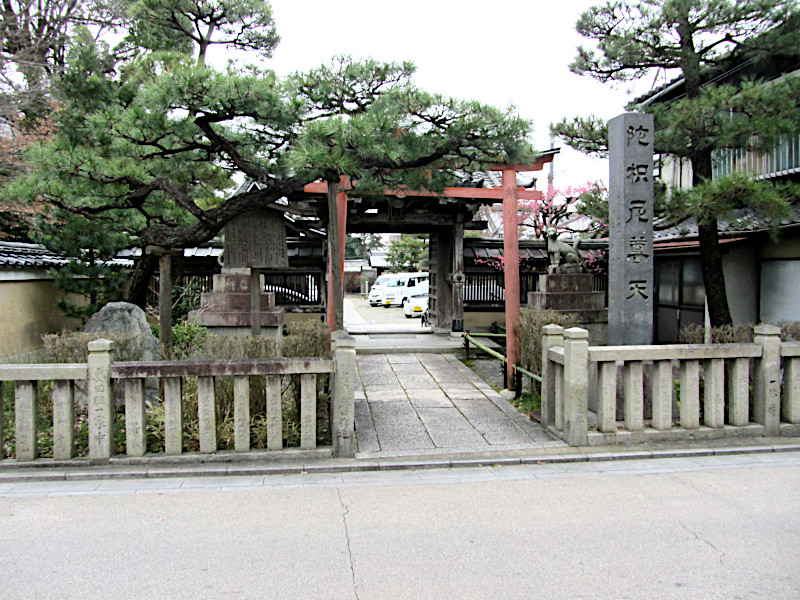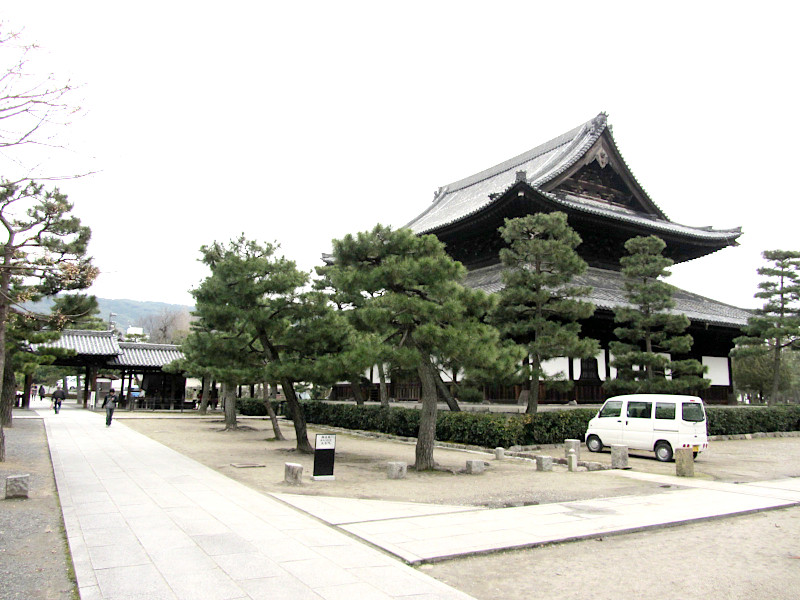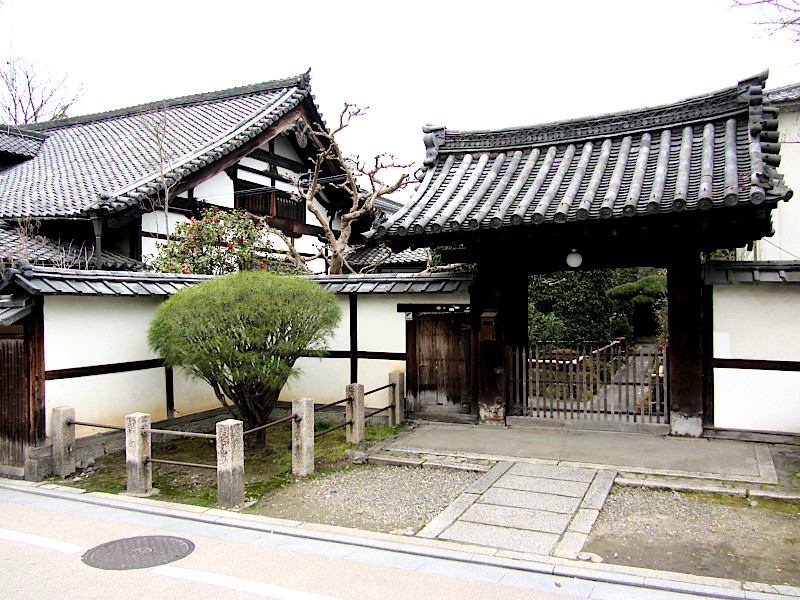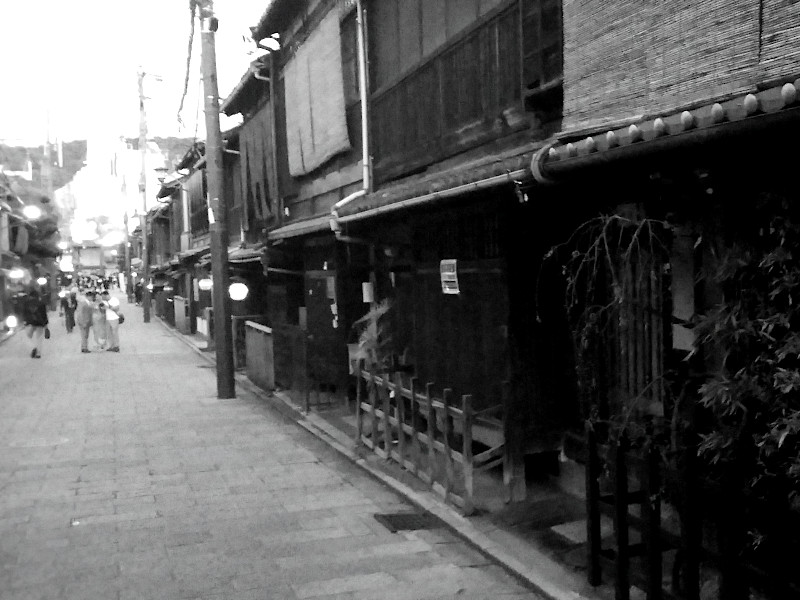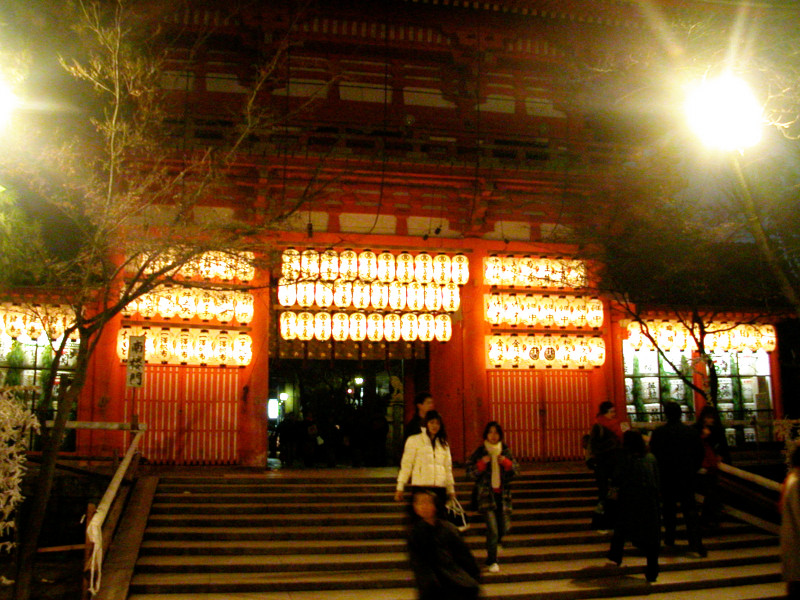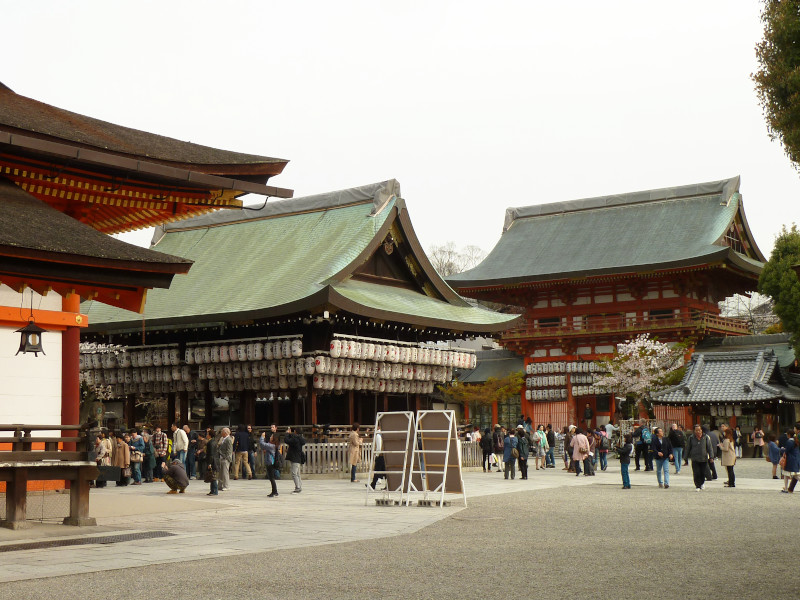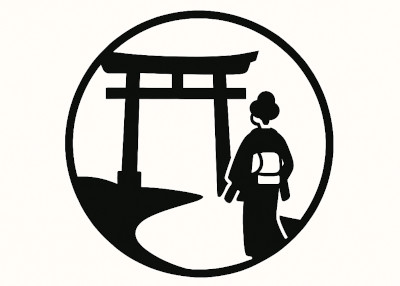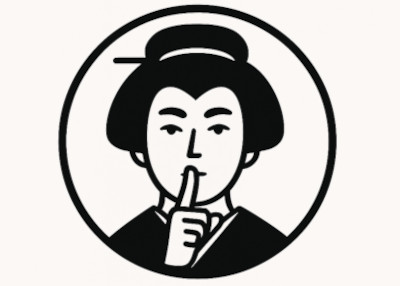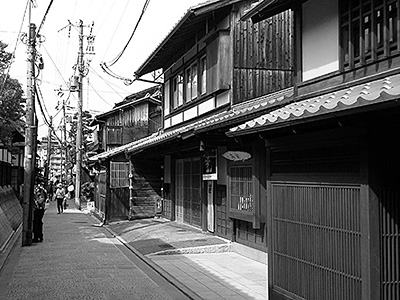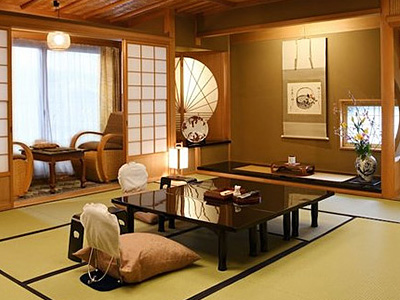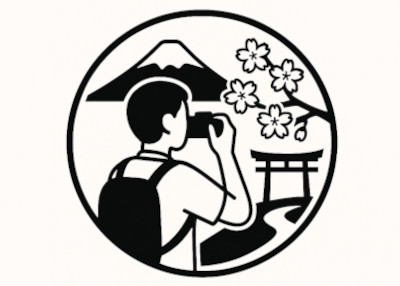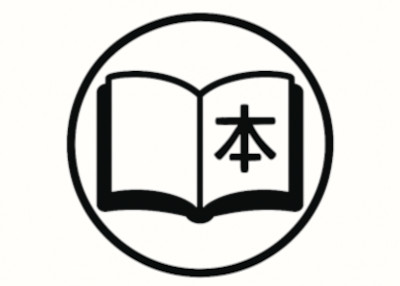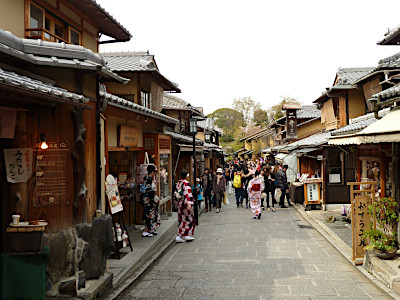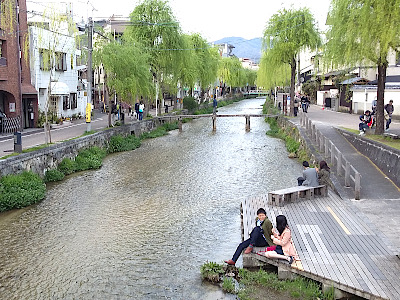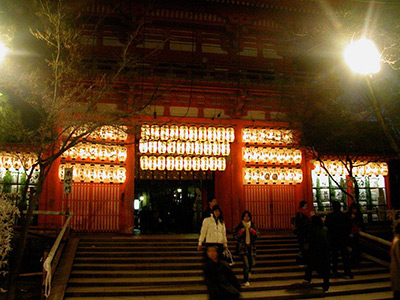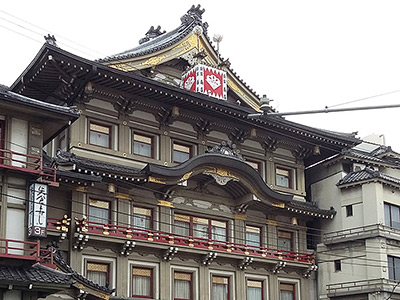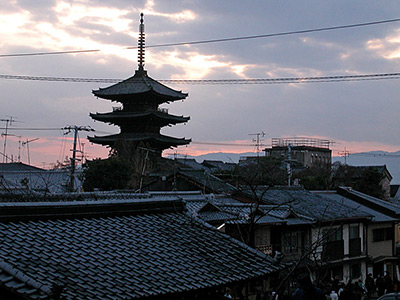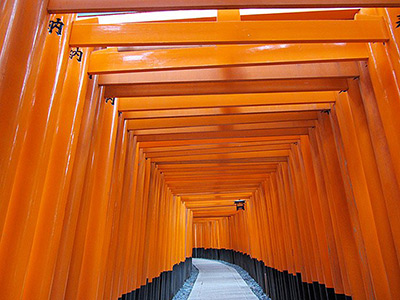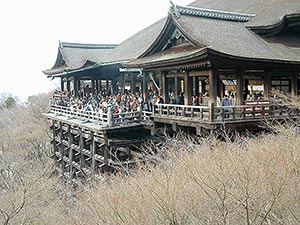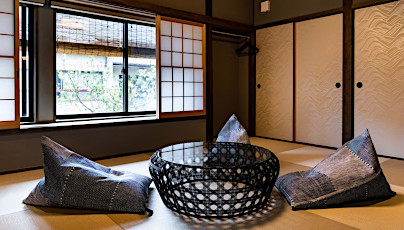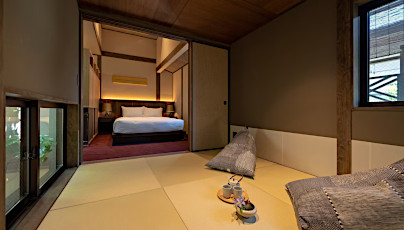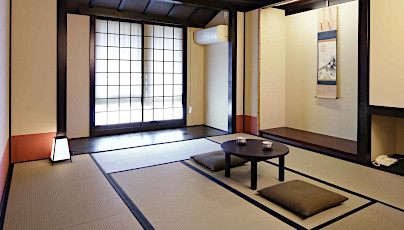Gion District in Kyoto
This post can contain affiliate links, which means that we may receive a small commission if you make a purchase using these links.
Facts & Figures
The Gion district in Kyoto is the most famous geisha district in Japan. A geisha is a Japanese entertainer trained in music, dance, and conversation, known for their elaborate attire and graceful demeanor. Gion is located between the Kamogawa River and Yasaka Shrine within Higashiyama-ku.
Many people will enter the area via Shijo Avenue on the way to the Yasaka Shrine. At the center is an intersection with the famous Hanami-koji Street. North of Shijo Avenue you will find the Shirakawa area and at the southern end of Gion the Kennin-ji Temple.
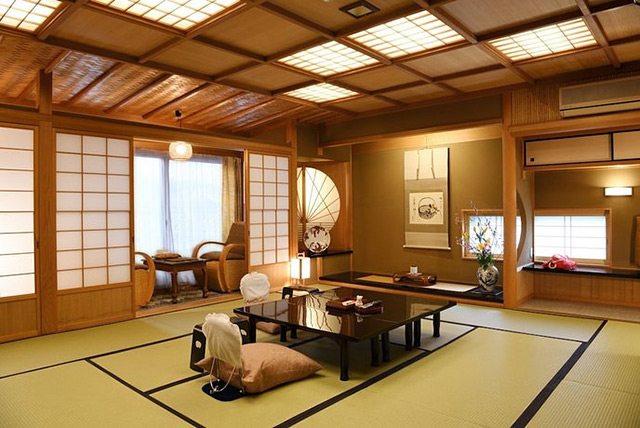 Experience the Ultimate Japanese Hospitality at a Kyoto Ryokan.
Experience the Ultimate Japanese Hospitality at a Kyoto Ryokan.
Find Your Perfect Ryokan Now >
Walk along the old traditional wooden machiya merchant houses and enjoy the Edo Times atmosphere. The chances are high that you will see a geisha. They call themselves geiko (local term for geisha) and maiko (geiko apprentices). There are in total 60 teahouses in this district where 70 geisha and 30 maiko entertain their guests. One of the most popular teahouses (ochaya) where geiko perform is the Ichiriki Chaya. Entrance is only allowed by recommendation from an existing customer. Companies pay for a performance approx. 10000 $/night. Gion has two geiko communities (hanamachi) Gion Higashi and Gion Kobu. My tip: Come here in the evening and enjoy a walk along Hanami-koji Street. The restaurant scene there is amazing and you can spend a lot of money on good food. Another highlight you should not miss is the Gion Matsuri in July. This festival is one of Japan’s biggest and most famous festivals held annually in Kyoto.
History
The Gion district developed as a settlement for the Yasaka-jinja Shrine during the Middle Ages. In 1772 the Tokugawa shogunate gave the permission for the area to have a special business license. In 1864 the so-called Great Genji fire in Kyoto caused huge damage to the wooden houses in Gion. From the years of 1871 till 1946, the Yasaka-jinja Shrine or Gion Shrine got the official status of a government-supported shrine (Kanpei-taisha). Therefore more and more businesses were attracted to this area. In its heydays, during the Meiji period (1868 - 1912) more than 700 teahouses existed in Gion with over 300 geiko and maiko serving these visitors. In 1881 the decision was made to separate the Gion District into two parts, which are called Gion Kobu and Gion Higashi. World War 2 caused a huge decline in the numbers of geiko and maiko. At the end of the war, the Yasaka-jinja Shrine lost also the status of a government-supported shrine. Some parts of the Gion area received in 1974 the status of a national historical preservation district. The city government started in 1986 to remove electric poles and move them underground and also cobblestones were laid down.
Location

Gion is located between Yasaka Shrine (east of Shijo Avenue) and the river Kamo (west of Shijo Avenue) in Kyoto’s Southern Higashiyama district.
How to get to Gion district?
- 20min from Kyoto Station to Gion bus stop by bus number 100 and 206 or
- 1min walk from Gion Shijo Station served by Keihan Main Line
Sightseeing spots in Gion
Top 12:
Shijo Avenue - Shijo Dori is a very popular and always crowded high-end shopping street.
Shirakawa Area - Walk along the Shirakawa Canal and visit some of the best restaurants and ochaya (teahouses) in town. The canal is the perfect place for a romantic walk along weeping cherry trees, willow trees, old machiya houses, cobblestone roads, and more. It is the more quiet side of Gion. Read more >
Tatsumi-bashi bridge - You could see this bridge in a movie scene based on the novel - Memoirs of a Geisha - by author Arthur Golden.
Hanami-koji Street - The street is lined with old preserved machiya houses between Shijo Avenue and Kennin-ji Temple. It is the must-see highlight for every visitor.
Ichiriki Teahouse (Ichiriki Chaya) - The teahouse has a history of over 300 years. It is the most famous in Kyoto and this exclusive and high-end place lets you in only with an invitation. Oishi Kuranosuke (1659 - 1703) the leader of the 47 Samurai (47 Ronin) stayed in 1701 some nights here.
Kennin-ji Temple - Kennin-ji is the oldest Zen Buddhist temple in Kyoto and belongs to the Rinzai sect of Zen Buddhism, one of the three Zen branches in Japan (Rinzai, Soto, and Obaku). The temple was founded in 1202 by Shogun Minamoto Yoriie (1182 - 1204) upon the request of Emperor Tsuchimikado, the 83rd emperor of Japan (1196 - 1231). Read more >
Minamiza Kabuki Theater - The Minamiza Theatre in Kyoto is for many people the birthplace of Kabuki in Japan. The current building dates back to 1929. Read more >
Ishibe Alley - This historic alley is an absolute highlight. It’s like jumping back in time and the Kyoto government made sure that nothing has changed here for hundreds of years. Btw the alley is close to the entrance of the Kodai-ji Temple
Yasaka Shrine - Also known as Gion Shrine or Yasaka-jinja, is one of the most popular Shinto Shrines in Kyoto. The origin of the Yasaka Shrine is dating back to the year 656. Read more >
Gion Corner - It is a small theatre (Gion Kobu Kaburenjo) close to the Kennin-ji Temple. There you will have the chance to see the performances of geisha. The theatre is dating back to 1873.
Yasui-Konpiragu - This shrine is the hotspot for people who are in need to break out of a bad relationship. The highlight is a stone covered with a huge amount of katashiro (white paper amulets). The stone has a hole where you can crawl through and the result will be ... you have to figure this out on your own :)
Kyoto Ebisu Shrine - Ebisu-jinja belongs to the three most popular shrines in Japan dedicated to Ebisu. Ebisu is one of the Seven Gods of Fortune protecting business people and fishermen.
Festival & Events (dates can change without notice)
April
Miyako Odori (1st - 31st)
The traditional annual spring dance of the Kyoto district Gion Kobu performed by Geiko and Maiko is a must-see on your Kyoto visit. Don't miss the most popular dances the Miyako Odori "Cherry Blossom Dances" or "Dances of the Old Capital" at the Gion Kobu Kaburenjo Theater (located close to Gion Corner).
May
Aoi Matsuri (15th)
The highlight of this festival is a large parade from the Imperial Palace through Shimogamo Shrine to the Kamigamo Shrine. More than 500 people wearing aristocratic costumes from the Heian Period (794 - 1185). The Aoi Matsuri belongs with the Gion Matsuri and Jidai Matsuri to the three most famous festivals in Kyoto.
July
Gion Matsuri (whole month)
The month of July is full of different events like the Yoiyama - Kyoto's Magical Night (locals in kimonos look at the giant Gion floats the day before the parade) or the famous Yamaboko Junko (float procession on the 17th of July).
October
Jidai Matsuri ("Festival of Ages") (22nd)
People celebrate with a large parade between Imperial Palace to Heian Shrine the anniversary of the foundation of Kyoto. App. 2000 participants wearing historical costumes from different time periods. Enjoy this great festival which lasts around 2 hours.
November
Gion Odori (1st - 10th)
It is a performance held by geiko and maiko of the Gion Higashi district at the Gion Kaikan theater near the Yasaka Shrine. This show is dating back to 1894. Ticket sales starting on the 1st of August.
Where to stay in Kyoto?
Book your Flight Tickets and Rental Car for your Japan trip
Day trips from Kyoto:
Travelers who viewed the Gion District viewed also:
Top rated - Best Machiya Houses in Kyoto
THE MACHIYA Ebisuya, 192 Ebisuya-cho Shimogyo-ku, Kyoto 600-8062
This 3-star guesthouse got an excellent rating. All 30 individually furnished rooms offer free WiFi, air conditioning, bathrooms incl. toilets, fridges, 40-inch flat-screen TVs, and more. THE MACHIYA Ebisuya is located in central Kyoto.
View on Expedia.com
This 3-star guesthouse got an excellent rating. All 30 individually furnished rooms offer free WiFi, air conditioning, bathrooms incl. toilets, fridges, 40-inch flat-screen TVs, and more. THE MACHIYA Ebisuya is located in central Kyoto.
View on Expedia.com
The Machiya Kazahaya, 570-6 Kazahayacho, Shimogyo-ku, Kyoto, Kyoto, 600-8475
The Machiya Kazahaya offers for all guest rooms free WiFi, air conditioning, safes, bathrooms with toilets, refrigerators, and much more. Enjoy also the beautiful Japanese Garden. Guests gave this property the rating - Exceptional.
View on Expedia.com
The Machiya Kazahaya offers for all guest rooms free WiFi, air conditioning, safes, bathrooms with toilets, refrigerators, and much more. Enjoy also the beautiful Japanese Garden. Guests gave this property the rating - Exceptional.
View on Expedia.com
Kyomachiya Ryokan Sakura Urushitei, 425 Kichimonjicho, Shimogyo-ku, Kyoto, 600-8069
This beautiful 3-star guesthouse offers 32 rooms with free WiFi, air conditioning, bathrooms incl. showers and toilets, refrigerators, and much more. Enjoy also the relaxing indoor public bath (no minerals). Guests gave this property the rating - Wonderful.
View on Expedia.com
This beautiful 3-star guesthouse offers 32 rooms with free WiFi, air conditioning, bathrooms incl. showers and toilets, refrigerators, and much more. Enjoy also the relaxing indoor public bath (no minerals). Guests gave this property the rating - Wonderful.
View on Expedia.com


